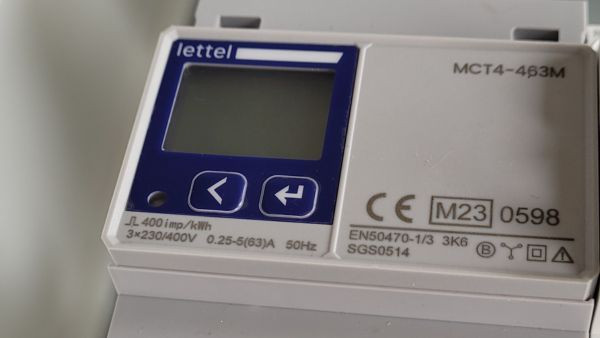The MID (Measuring Instruments Directive) is a crucial European regulation to ensure the accuracy and reliability of measuring instruments used in commercial transactions. Implemented to harmonize measurement standards across the European Union, this directive plays an essential role in securing commercial exchanges and protecting consumers. This article explores the details of this standard, its requirements, and its importance for businesses and consumers.
What is the MID Standard?
The MID directive, officially directive 2004/22/EC, has been in force since October 30, 2006. It establishes common standards for measuring instruments used in the European Union, covering a wide range of instruments, including electricity, gas, water, and heat meters. By ensuring precise and reliable measurements, the MID standard contributes to fair and transparent commercial transactions.
Requirements of the MID Standard
To comply with the MID standard, a measuring instrument must meet several stringent criteria:
- Accuracy and Reliability: Instruments must provide accurate and reliable measurements. The MID standard specifies acceptable error tolerances for different types of instruments, ensuring measurements are fair and reproducible. For example, electricity meters must have Class B or C accuracy for residential and commercial applications.
- Certification and CE Marking: Conforming instruments must be certified and bear the CE marking, which attests that the instruments comply with European safety, health, and environmental protection standards. The marking includes "CE" followed by the letter "M" and the year of manufacture, as well as the code of the certifying body, e.g., "CE M21 0598".
- Conformity Assessment: Manufacturers must submit their instruments to conformity assessment procedures, such as self-certification, type examination, or production quality assurance. These assessments are conducted by notified bodies, ensuring impartial and rigorous controls.
- Technical Documentation: Manufacturers must maintain detailed technical documentation for each instrument, including design descriptions, test reports, and proof of conformity. This documentation is essential for audits and conformity checks.
- Traceability: Instruments must be traceable throughout their lifecycle, from manufacturing to use, including maintenance and repairs. This ensures each instrument can be tracked and verified at every stage.
Recognizing an MID-Certified Electric Meter
An MID-certified electric meter must display:
- Specific markings indicating CE compliance, the year of production, and the code of the certifying body (e.g., "CE M08 1259").
- The manufacturer's contact details.
- A traceability identifier such as a serial number.
- A certificate of conformity to the MID directive provided with the meter.
Use of Non-MID Certified Meters
It is prohibited to market or install non-compliant meters for electricity billing. These meters can, however, be used for energy management, helping to achieve energy savings. They are commonly used in industrial settings for monitoring and analyzing consumption.
The MID standard is essential for ensuring precise and reliable measurements in commercial transactions within the European Union. For businesses, compliance with this standard is not only a legal obligation but also an opportunity to improve product quality and increase customer trust.
Discover our MID Energy Meters.







